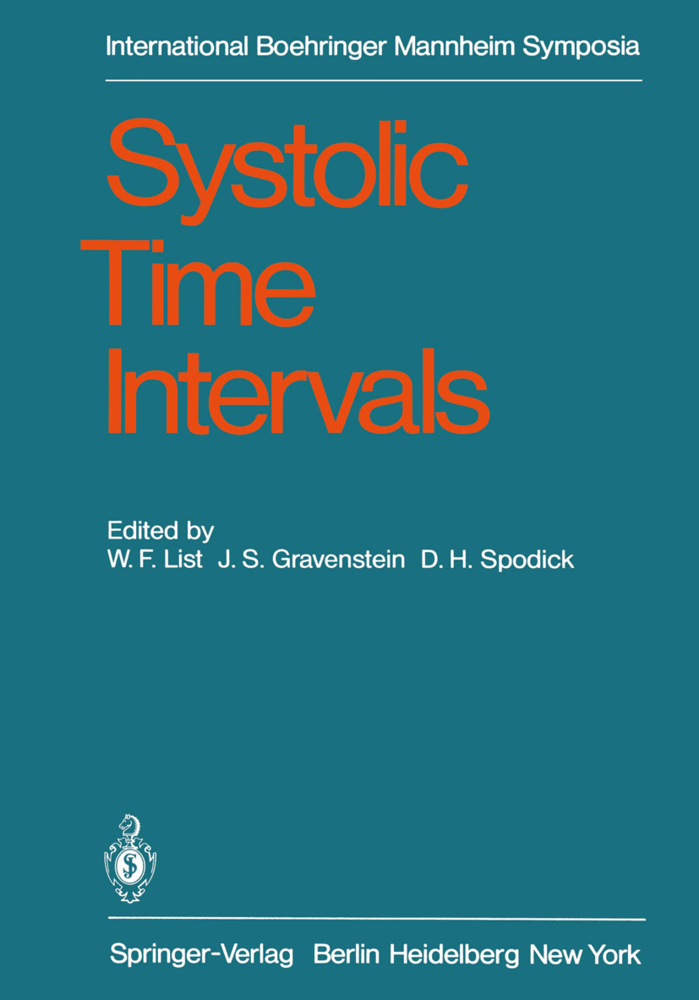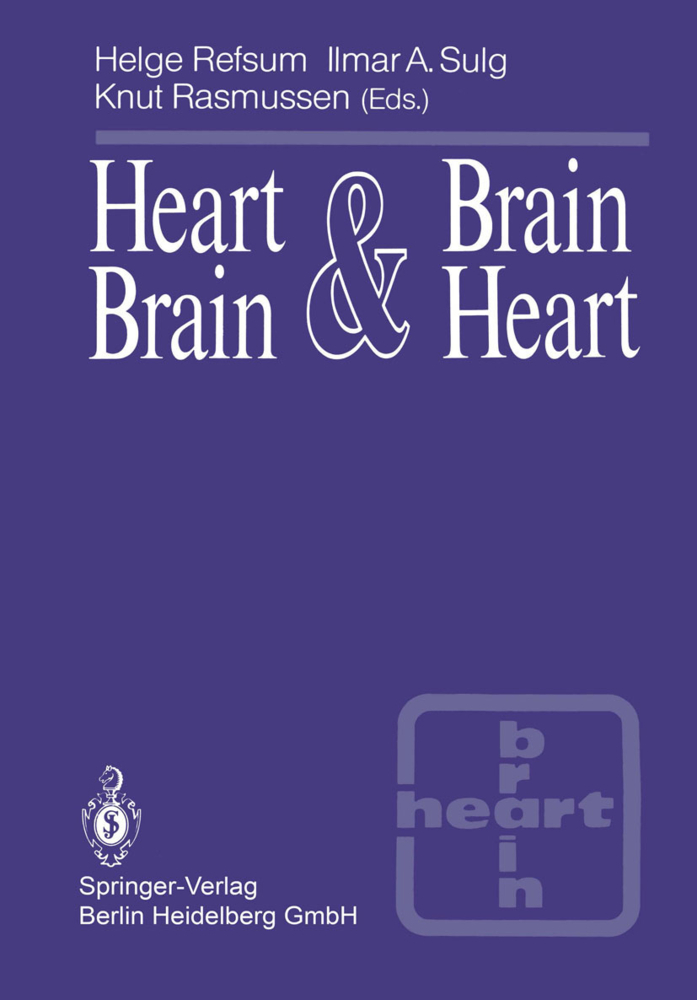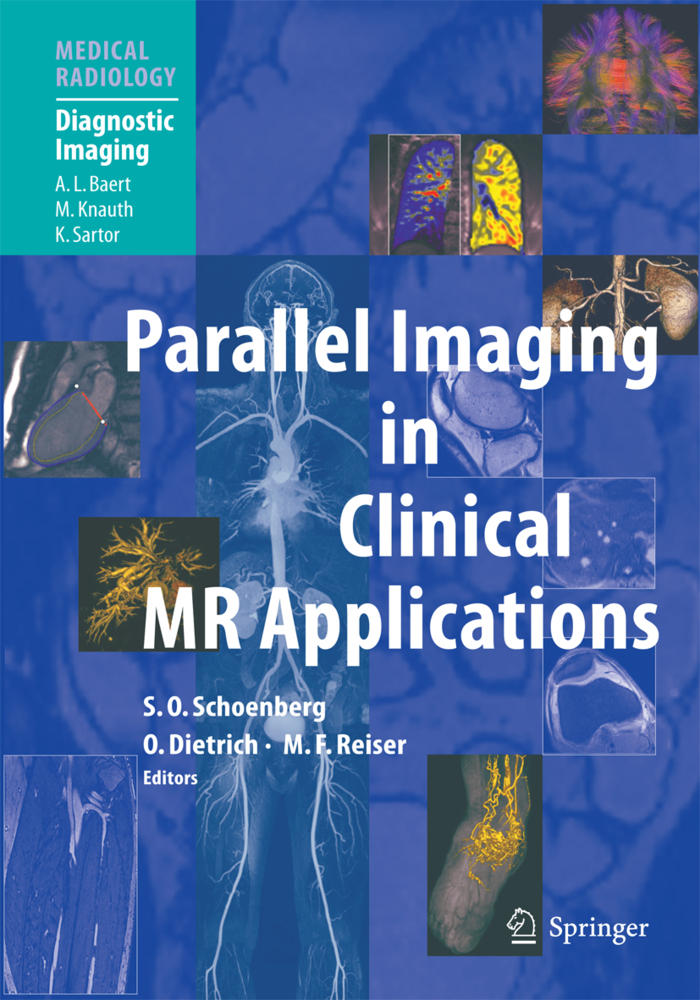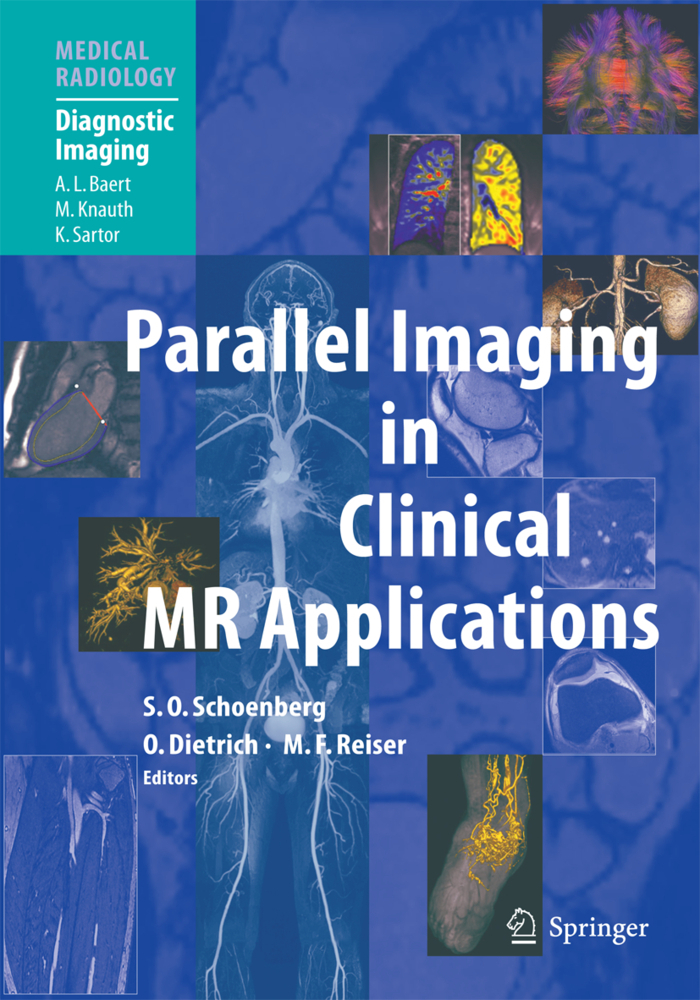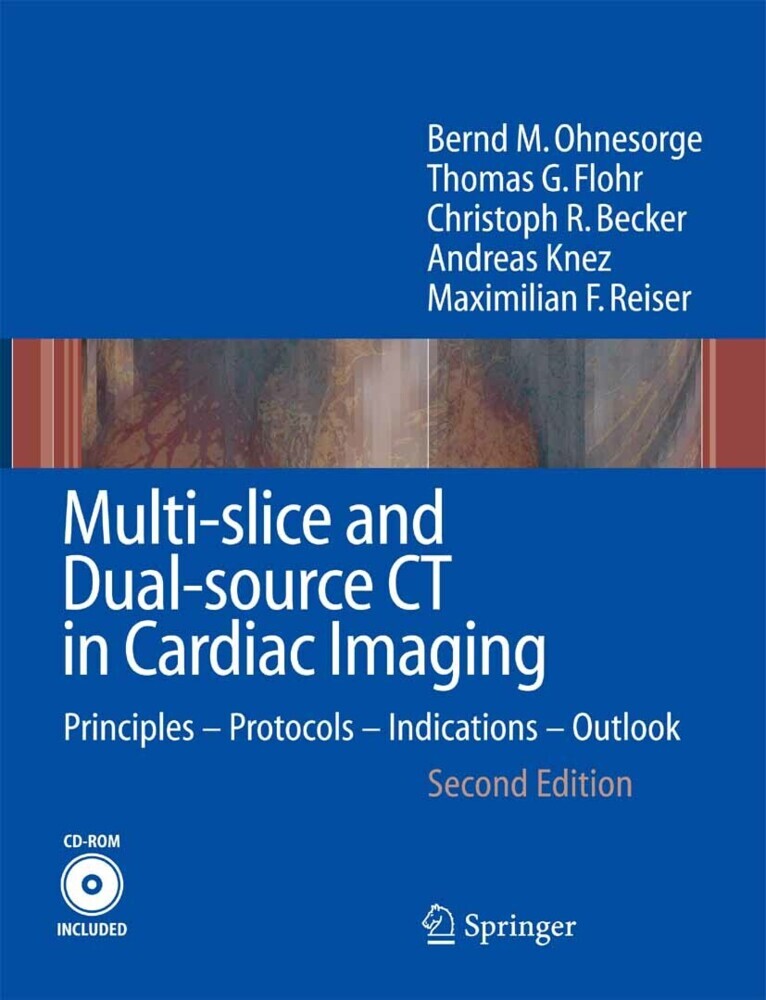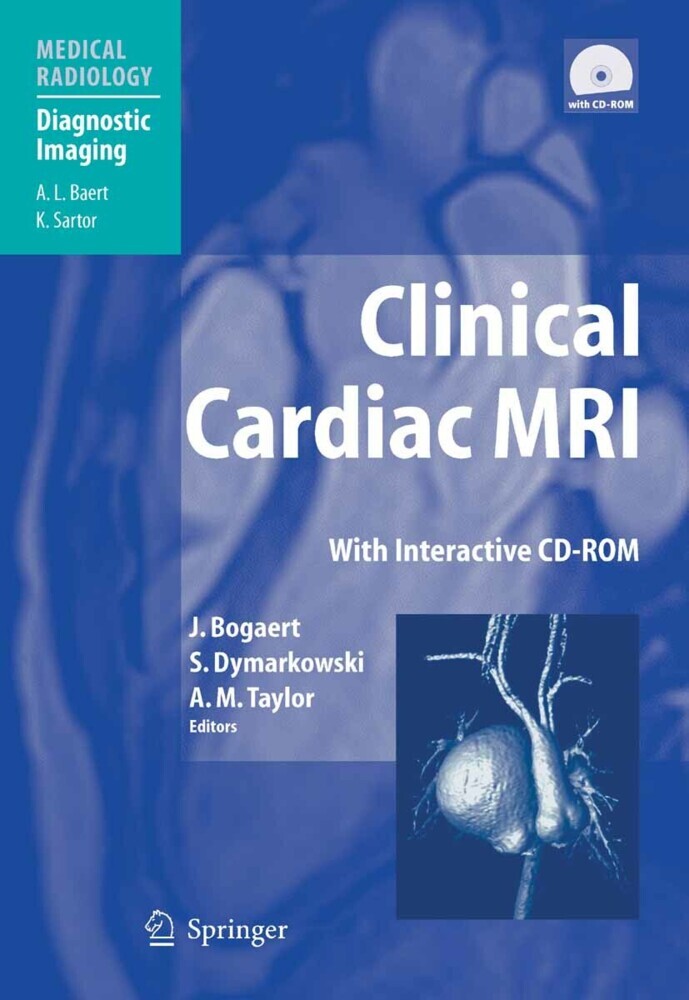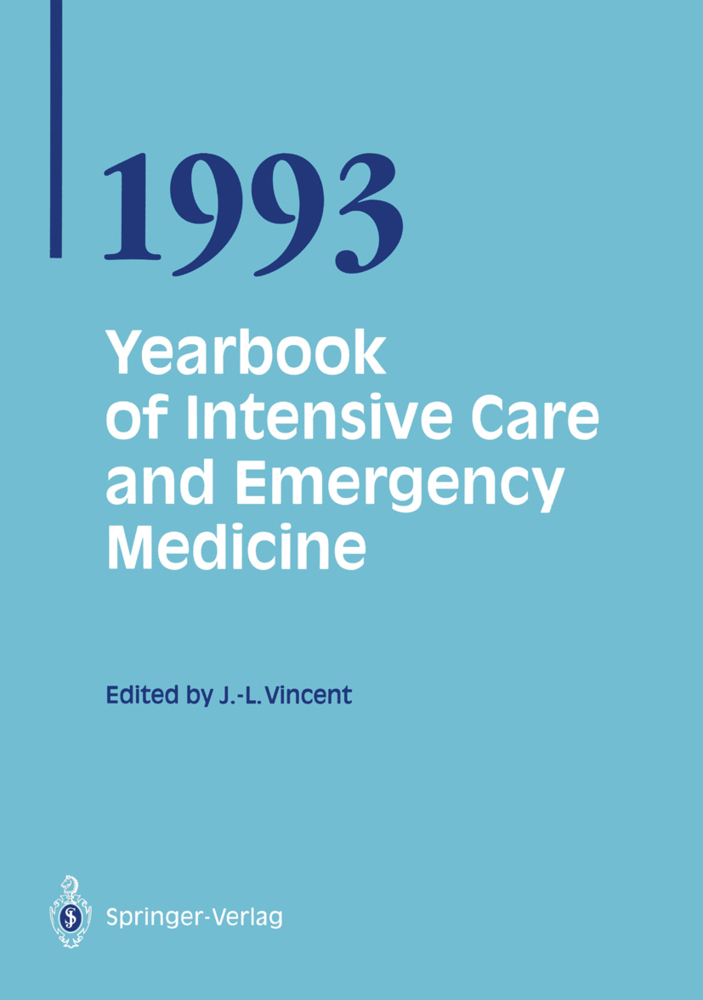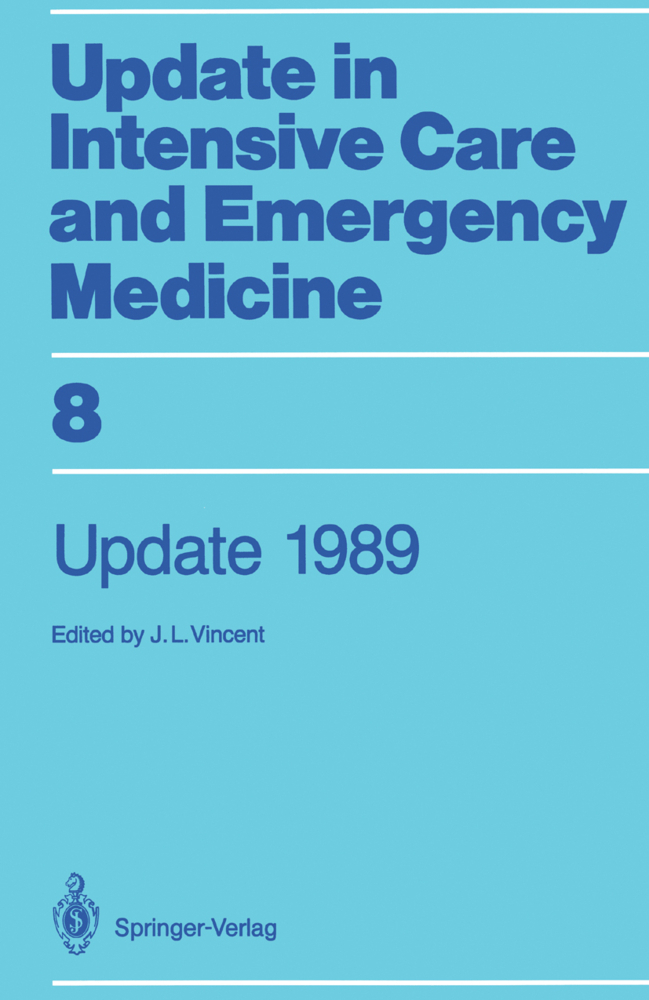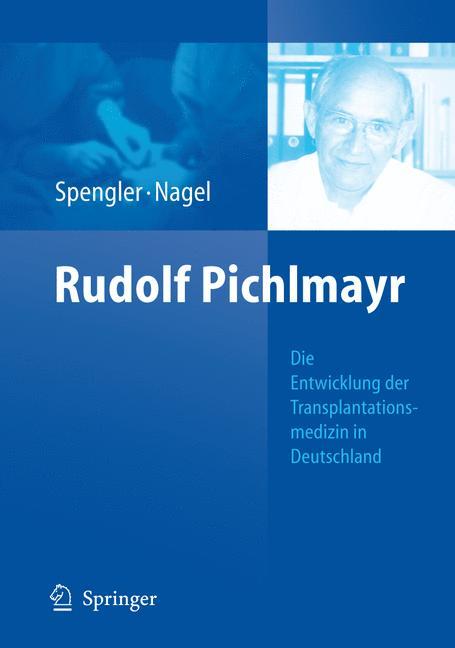Systolic Time Intervals
International Symposium, Graz, Austria September 1-2, 1978
Systolic Time Intervals
International Symposium, Graz, Austria September 1-2, 1978
Systolic time intervals (STI), known for a long time, were revived in the early 1960s by Arnold Weissler. The first important papers came from him; they eval uated STI measurements in larger populations, established norms, and compared STI measurements with other invasive methods. Since then, several hundred ex cellent papers have appeared using and evaluating STI measurements for myo cardial function studies. These have appeared in prominent cardiologic journals throughout the world as well as in the anesthesiologic and pediatric medical literature. When consent of subjects to medical experimentation became a prominent and necessary issue, the noninvasiveness of investigative methods in medicine, wher ever possible, resolved the issue. Noninvasive measurements of STI proved to be an excellent monitoring parameter of cardiac function during anesthesia, and anesthesiologists wished to learn more from the long experience of cardiologists with STI. An organizing committee of List, Gravenstein, and Spodick was accordingly formed. Invitations were issued for an international conference on STI. With more than 40 clinical researchers using STI, it was, of course, difficult to hear them all within two days. A generous sponsor, the AVL Company, Graz-Schaffhausen, made possible the International Conference at Graz. Publication of the proceedings of the Confer ence became feasible with help from Boehringer-Mannheim.
3 Limitations of Systolic Time Intervals for Evaluation of Cardiac Function
4 Assessment of Myocardial Contractility by Using the Systolic Time Intervals
5 Noninvasive Score for Evaluation of Left Ventricular Function
6 Physiologic Responses During Uninterrupted Exercise and Recovery: Methodology for Systolic Time Intervals and Results with Bicycle and Treadmill
7 Use of Systolic Time Intervals in the Operating Room
8 Hemodynamic Response to Bicycle Exercise Correlated to Preejection Index
9 Systolic Time Intervals for the Diagnosis and Management of Coronary Artery Disease
10 Computer Evaluation of Human Circulation Based on Noninvasive Methods
11 Correlation of Invasive Measures of Cardiac Function with Expressions Derived from Systolic Time Intervals in the Anesthetized Dog
12 A Computer Program for Evaluating Systolic Time Intervals at Rest and During Intervention Tests
13 Automatic Versus Visual Evaluation of Systolic Time Intervals
14 Computer Algorithms for Automatic Determination of Systolic Time Intervals
15 An Instrument for the On-line Determination of Systolic Time Intervals
16 Systolic Time Intervals Measured by a Thermistor Pulse Transducer: A New Means for the Evaluation of Cardiac Performance During Exercise
17 Measurement and Interpretation of Pulse Pressure and Flow During Systole
18 Technical Aspects for Acquisition of Systolic Time Intervals Especially for Determination of the Pre-ejection Index
19 Can Inappropriate Correction Methods Distort the Results of Evaluative Studies?
20 Systolic Time Intervals Obtained During Various Interventions
21 The Systolic Time Intervals.Note II. A Comparative Study of Various Age Groups
22 Increasing Sensitivity of Systolic Time Intervals of Left Ventricular Function Using Intervention Tests - Comparison Between Exercise and Changing Preload
23 Noninvasive Evaluation of the Cardiovascular Function by Means of the Pre-ejection Index
24 Influence of Upright Posture on the Systolic Time Intervals in Children with Congenital Heart Defects and Innocent Precordial Vibrator Murmurs
25 Systolic Time Intervals in Right Ventricular Volume Overload: An Echocardiographic Study
26 Systolic Time Intervals: Comparison of Echocardiographic and Conventional Methods
27 Echocardiographic Evaluation of Systolic Time Intervals: The Time Discrepancy Between Valve Closure and the Second Heart Sound
28 Comparative Assessment of Left Ventricular Function by Echocardiography and Thermistor Plethysmography
29 Correlation of Systolic Time Intervals with Stroke Volume in Man
30 Evaluation of Left Ventricular Function by Systolic Time Intervals in Patients with Calcified Mitral Annulus
31 Systolic Time Intervals After Single and Repetitive Oral Digitalis Doses in Man
32 The Clinical Relevancy of the Pre-ejection Index for Evaluation of Digitalis Therapy in Patients with Chronic Coronary Artery Disease
33 Usefulness of the Systolic Time Intervals in the Study of Beta-Blocking Agents
34 Evaluation of Long-Term Therapy with Propranolol in Mitral Valve Prolapse Syndrome
35 Changes in Systolic Time Intervals During Halothane, Enflurane or Isoflurane Anesthesia in Healthy Man
36 A Comparison of the PEP and QF Interval as a Monitoring Variable
37 Systolic Time Interval Measurements for the Assessment of the Effect of Cardiovascular Drugs
Epilogue: Summary of the International Conference on Systolic TimeIntervals
Remarks After Final Session
Are Systolic Time Intervals Cost-Effective?.
1 The Accuracy of the Systolic Time Intervals as a Measure of Left Ventricular Function
2 The Systolic Time Intervals: A New Method of Study3 Limitations of Systolic Time Intervals for Evaluation of Cardiac Function
4 Assessment of Myocardial Contractility by Using the Systolic Time Intervals
5 Noninvasive Score for Evaluation of Left Ventricular Function
6 Physiologic Responses During Uninterrupted Exercise and Recovery: Methodology for Systolic Time Intervals and Results with Bicycle and Treadmill
7 Use of Systolic Time Intervals in the Operating Room
8 Hemodynamic Response to Bicycle Exercise Correlated to Preejection Index
9 Systolic Time Intervals for the Diagnosis and Management of Coronary Artery Disease
10 Computer Evaluation of Human Circulation Based on Noninvasive Methods
11 Correlation of Invasive Measures of Cardiac Function with Expressions Derived from Systolic Time Intervals in the Anesthetized Dog
12 A Computer Program for Evaluating Systolic Time Intervals at Rest and During Intervention Tests
13 Automatic Versus Visual Evaluation of Systolic Time Intervals
14 Computer Algorithms for Automatic Determination of Systolic Time Intervals
15 An Instrument for the On-line Determination of Systolic Time Intervals
16 Systolic Time Intervals Measured by a Thermistor Pulse Transducer: A New Means for the Evaluation of Cardiac Performance During Exercise
17 Measurement and Interpretation of Pulse Pressure and Flow During Systole
18 Technical Aspects for Acquisition of Systolic Time Intervals Especially for Determination of the Pre-ejection Index
19 Can Inappropriate Correction Methods Distort the Results of Evaluative Studies?
20 Systolic Time Intervals Obtained During Various Interventions
21 The Systolic Time Intervals.Note II. A Comparative Study of Various Age Groups
22 Increasing Sensitivity of Systolic Time Intervals of Left Ventricular Function Using Intervention Tests - Comparison Between Exercise and Changing Preload
23 Noninvasive Evaluation of the Cardiovascular Function by Means of the Pre-ejection Index
24 Influence of Upright Posture on the Systolic Time Intervals in Children with Congenital Heart Defects and Innocent Precordial Vibrator Murmurs
25 Systolic Time Intervals in Right Ventricular Volume Overload: An Echocardiographic Study
26 Systolic Time Intervals: Comparison of Echocardiographic and Conventional Methods
27 Echocardiographic Evaluation of Systolic Time Intervals: The Time Discrepancy Between Valve Closure and the Second Heart Sound
28 Comparative Assessment of Left Ventricular Function by Echocardiography and Thermistor Plethysmography
29 Correlation of Systolic Time Intervals with Stroke Volume in Man
30 Evaluation of Left Ventricular Function by Systolic Time Intervals in Patients with Calcified Mitral Annulus
31 Systolic Time Intervals After Single and Repetitive Oral Digitalis Doses in Man
32 The Clinical Relevancy of the Pre-ejection Index for Evaluation of Digitalis Therapy in Patients with Chronic Coronary Artery Disease
33 Usefulness of the Systolic Time Intervals in the Study of Beta-Blocking Agents
34 Evaluation of Long-Term Therapy with Propranolol in Mitral Valve Prolapse Syndrome
35 Changes in Systolic Time Intervals During Halothane, Enflurane or Isoflurane Anesthesia in Healthy Man
36 A Comparison of the PEP and QF Interval as a Monitoring Variable
37 Systolic Time Interval Measurements for the Assessment of the Effect of Cardiovascular Drugs
Epilogue: Summary of the International Conference on Systolic TimeIntervals
Remarks After Final Session
Are Systolic Time Intervals Cost-Effective?.
List, W. F.
Gravenstein, J. S.
Spodick, D. H.
Barden, J.
| ISBN | 978-3-540-09871-3 |
|---|---|
| Artikelnummer | 9783540098713 |
| Medientyp | Buch |
| Copyrightjahr | 1980 |
| Verlag | Springer, Berlin |
| Umfang | XVI, 306 Seiten |
| Abbildungen | XVI, 306 p. |
| Sprache | Englisch |

